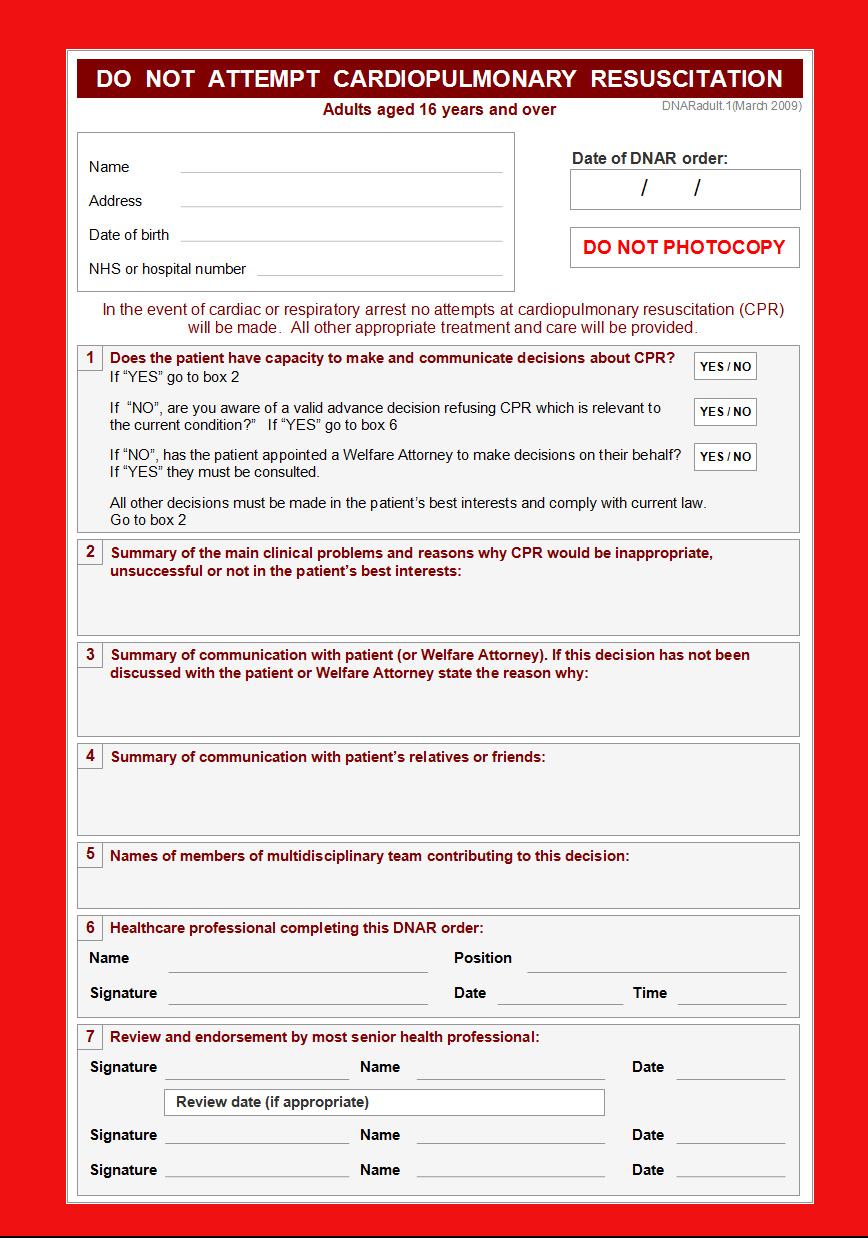
Case study 3

Ethically and morally the vast majority of healthcare staff would stop to offer assistance under these circumstances.
Clearly, promoting safety of the rescuers is paramount and ensuring that it is safe to stop and assist is also the priority.
Select Next to continue.The law in the UK is unusual in that there is no legal obligation to provide assistance in a public place. This is not the case in most of Europe, where doctors have a legal responsibility to provide care.
If the decision is made to stop and provide help, then the legal situation changes however. Once help is offered the healthcare professional now assumes a ‘Duty of Care’ and by implication a ‘Standard of Care’ is then expected, compatible with that healthcare individual’s professional status.
There have been no cases of successful litigation against healthcare professionals who have acted in a ‘Good Samaritan’ capacity.
Select Next to continue.The Ambulance Service arrives and, on monitoring, he is found to be asystolic and remains in this rhythm. Should resuscitation be continued?
Deciding when to stop a resuscitation attempt outside hospital is very difficult and most healthcare staff would probably not do so until arrival of the victim at hospital where a senior clinician can make the decision.
Select Next to continue.It is reasonable however, under certain circumstances, to abandon resuscitation attempts and occasionally not even begin.
Ambulance staff have clear guidance on this and when rigor mortis, body decomposition or injuries incompatible with life have occurred e.g. decapitation, then clearly resuscitation attempts need not be made.
In other circumstances when CPR has been commenced, the decision to stop can be made by those who feel experienced enough to do so. Asystole for greater than 20 minutes is associated with such a poor outcome that most clinicians would stop CPR under these circumstances in a prehospital setting.
Select Next to continue.References
- See chapter 16 of the ALS manual for further reading about decisions relating to resuscitation
- Joint statement about decisions relating to cardiopulmonary resuscitation published by the British Medical Association (BMA), the Resuscitation Council (UK) and the Royal College of Nursing (RCN) http://www.resus.org.uk/pages/dnar.htm


- The Resuscitation Council (UK) guidance on the legal status of those who attempt resuscitation http://www.resus.org.uk/pages/legal.htm


- The General Medical Council (GMC) guidance on treatment and care towards the end of life: good practice in decision making www.gmc-uk.org/guidance/ethical_guidance/end_of_life_care.asp


Model DNAR forms






